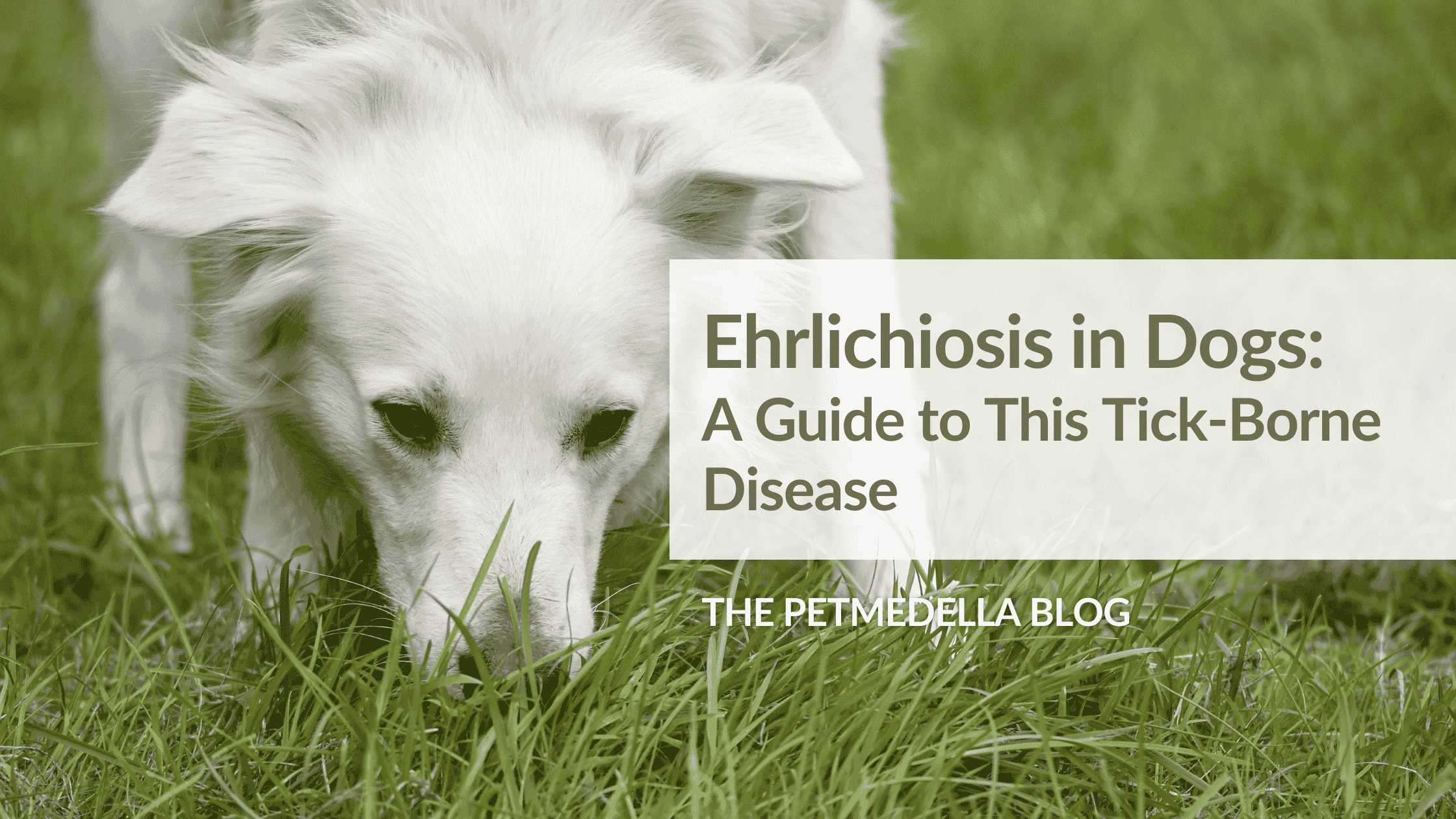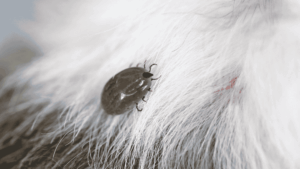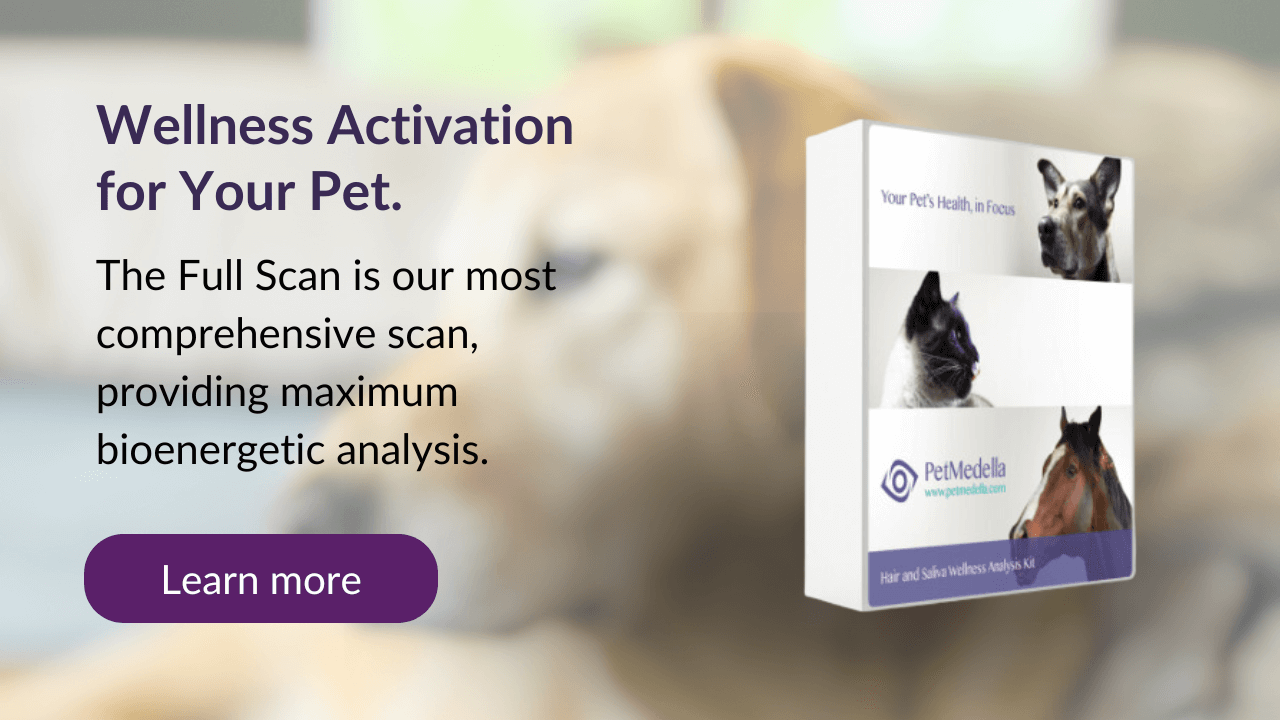
Is ehrlichiosis in dogs a growing concern?
If you’ve ever pulled a tick off your dog after a walk, you’ve probably wondered what kinds of problems those tiny parasites can cause. One of the bigger concerns is ehrlichiosis—a tick-borne disease that’s becoming more common as ticks spread into new areas.
What is Ehrlichiosis?
Ehrlichiosis can affect dogs, cats, and humans. It’s caused by a group of bacteria known as Ehrlichia, part of the Anaplasmataceae family.
When a tick carrying Ehrlichia bacteria bites a dog, the bacteria can enter the bloodstream and begin multiplying inside the white blood cells. Since white blood cells are a key part of immune defense, this infection can trigger a wide range of issues from mild illness to serious, long-term problems.
Different species of Ehrlichia are linked to different hosts and symptoms. For example:
- Ehrlichia canis is most often linked to dogs.
- Ehrlichia ewingii can infect both dogs and humans.
- Ehrlichia chaffeensis is usually associated with human infections.
Ticks are the middleman here—they don’t just latch on for a blood meal, they can also pass along these bacteria while feeding. Because ticks are expanding their reach with climate shifts and changing landscapes, pets and people are crossing paths with them more often. Knowing what ehrlichiosis is and how it spreads is the first step in protecting your dog.
Ehrlichiosis Symptoms in Dogs
One of the challenges with ehrlichiosis in dogs is that the symptoms don’t always look the same. Some dogs show obvious signs of being sick, while others can carry the bacteria for months. That’s why it’s often described in stages: acute, subclinical, and chronic.
Acute Stage (first few weeks after infection)
This is when the infection is fresh and the immune system is responding. Symptoms may include:
- Fever that comes and goes
- Lethargy or unusual tiredness
- Loss of appetite
- Swollen lymph nodes
- Weight loss that starts subtly
Subclinical Stage (infection hiding out)
Not all dogs move past the acute stage into obvious illness. Some appear healthy while the bacteria linger in their system. In this stage:
- There may be no outward symptoms at all
- Routine bloodwork might still show low platelets or abnormal immune markers
This “quiet” phase can last for months, which is why ehrlichiosis sometimes slips under the radar.
Chronic Stage (long-term illness)
If the infection isn’t addressed, the chronic stage can be much more serious. Symptoms here may include:
- Ongoing weight loss
- Anemia (pale gums, weakness)
- More frequent bleeding issues, such as nosebleeds or bruising
- Eye inflammation (uveitis) or cloudy eyes
- Joint pain or stiffness
- Neurological signs in severe cases (imbalance, seizures)
Why Ehrlichiosis is on the Rise
Cases of ehrlichiosis are increasing worldwide, and several factors are driving the trend:
- Climate Change and Expanding Tick Habitats
Milder winters and longer warm seasons mean ticks survive and reproduce more easily. In the northeastern U.S., record tick seasons have been reported (2025), with rising cases of tick-borne diseases. Similarly, in Australia, the brown dog tick (Rhipicephalus sanguineus), a major carrier of Ehrlichia canis, was detected in regions once thought to be tick-free—leading to hundreds of cases of ehrlichiosis in dogs in 2020.
- Invasive Tick Species
The invasive longhorned tick (Haemaphysalis longicornis), originally from East Asia, has been detected in the U.S. This tick can transmit Ehrlichia chaffeensis, which poses risks for both dogs and humans.
- Better Testing and Awareness
With better veterinary diagnostics, ehrlichiosis and other tick-borne diseases are being recognized more often. For example, California has seen a sharp increase in positive tests for tick-borne bacteria in recent years, reflecting how improved testing reveals the true scope of infection.
- Urbanization and Human-Wildlife Contact
As cities expand into natural habitats, people and pets come into closer contact with wildlife hosts like deer and rodents—prime tick carriers. This overlap brings ticks (and the diseases they carry) into backyards and neighborhoods.
How Do You Know if Your Dog Has Ehrlichiosis?
If you’re concerned your dog may have been exposed, your veterinarian will likely recommend blood tests. These can detect antibodies, bacterial DNA, or abnormalities in blood counts that point to infection.
Treatment usually involves several weeks of doxycycline, the antibiotic of choice against Ehrlichia.
Holistic and Natural Approaches to Erlichiosis in Dogs
Several holistic and natural strategies can support your dog’s overall wellness. These approaches should always complement veterinary care.
Herbal or Botanical Tick Repellents
Certain essential oils, such as cedar, rosemary, and citronella, are sometimes used to help repel ticks. You can make sprays or add small amounts to collars, but caution is critical.
Diet & Nutrition
A strong immune system is one of the best defenses against infections. Feeding a high-quality diet rich in nutrients can support recovery and long-term health. Adding omega-3 fatty acids, antioxidants, and other immune-supportive nutrients can help your dog’s body respond more efficiently to infections.
Supplements for Immune Support
Probiotics, vitamins C and E, and certain herbal immune boosters. These supplements may help reduce inflammation and support your dog’s recovery after infection.
Environmental Management
Reducing tick exposure in your yard and home can make a big difference:
- Keep grass and shrubs trimmed.
- Remove leaf litter, brush piles, and tall weeds.
- Discourage wildlife hosts, such as deer and rodents, which can carry ticks.
- Consider physical barriers or fencing to limit areas where your dog roams freely.
Non-Chemical Pest Control
For those who prefer alternatives to conventional pesticides:
- Diatomaceous earth can be used safely in certain areas to help control insects.
- Beneficial nematodes can reduce tick populations in the soil.
- Sticky traps or barriers around yards can help limit tick movement.
Tick Checks and Safe Removal
Even with prevention, ticks may still find their way onto your dog. A daily tick check—especially after walks in wooded or grassy areas—is a simple but powerful habit. Removing ticks promptly reduces the chance of ehrlichiosis transmission. Use fine-tipped tweezers or a tick removal tool to grasp the tick close to the skin and pull steadily. Clean the bite site afterward and monitor your dog for symptoms over the next few weeks.
If you want to go a step further, you can save the tick and have it bioenergetically tested. Send the tick in with your dog’s Full Scan! It’s our most comprehensive bioenergetic test that can help identify other stressors affecting your dog’s overall health!
DISCLAIMER: Creating Balanced Health, LLC/CBH Energetics and any parent, subsidiary, affiliated or related entities and companies do not provide medical advice or services. This post and bioenergetic products and services offered by Balanced Health, LLC/CBH Energetics including, but not limited to, bioenergetic tests, bioenergetic scans, bioenergetic reports and related products and services (collectively the “Bioenergetic Products and Services”) are designed for educational and informational purposes only and are not intended to diagnose, treat, cure, or prevent any disease, condition, complaint, illness or medical condition and are not a substitute for professional services or medical advice. Seek the advice of a physician or other qualified healthcare professional with any questions you may have. Never disregard professional medical advice or delay seeking treatment. These statements have not been evaluated by the Food and Drug Administration (FDA) or any other government agencies or regulatory authorities.



